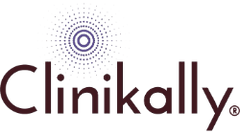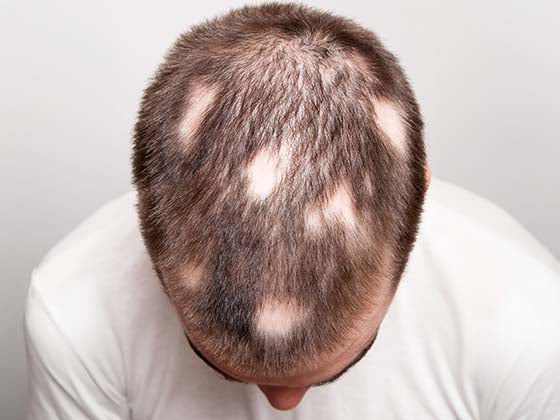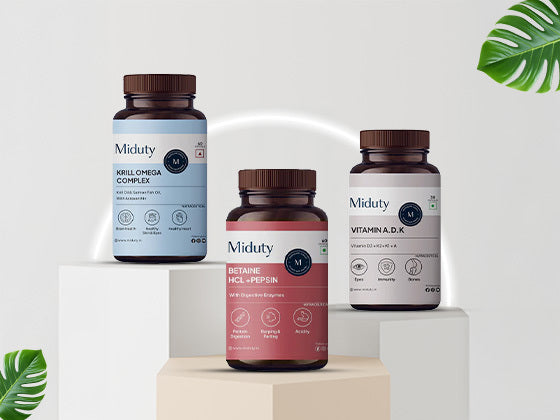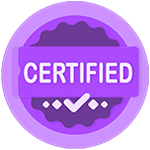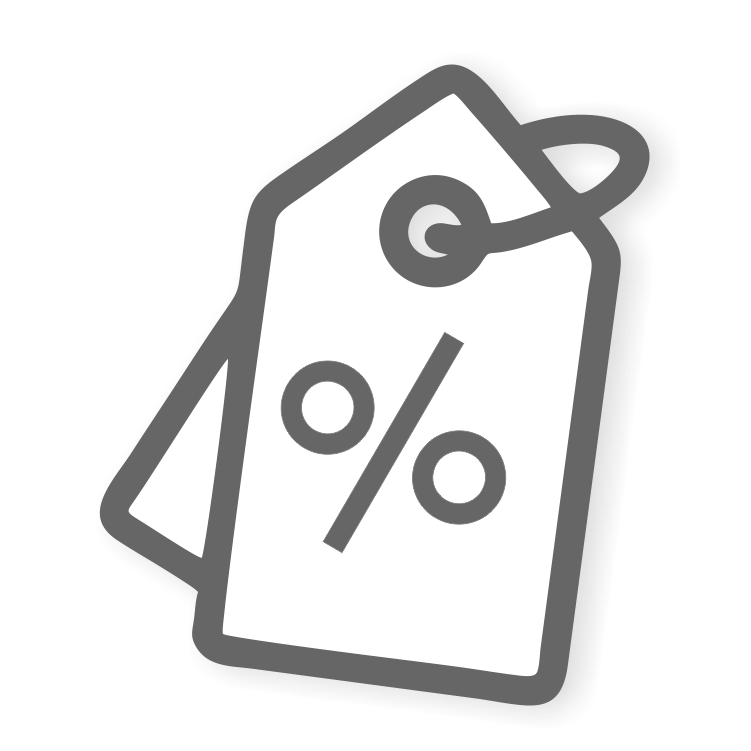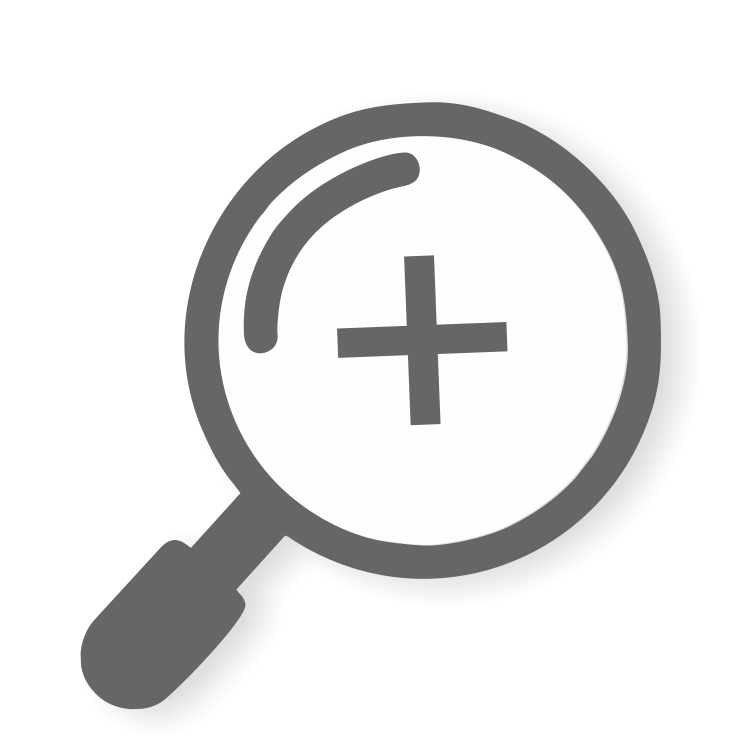Dealing with greasy roots and dry ends can be irritating, but it's a typical hair issue. The key to resolving this issue is to understand your hair's needs and use a specific technique to balance oiliness and moisture. This site is your comprehensive guide to dealing with greasy roots and dry ends.
Understanding the Imbalance: Why Your Scalp is Oily but Ends Are Dry

An oily scalp combined with dry ends is a typical hair condition that can be difficult to treat. This imbalance occurs when your scalp generates too much oil while your hair ends stay dry, resulting in little volume at the roots and brittle, lifeless ends. Understanding the root reasons of this imbalance is critical for resolving it effectively.
The Science of Sebum: Why Your Scalp Overproduces Oil

Sebum is a natural oil produced by sebaceous glands in the skin, especially the scalp. This oil is crucial for moisturizing, protecting, and nourishing your scalp and hair. However, when your scalp generates too much sebum, it can cause an oily scalp, greasy hair, and even scalp problems like acne or dandruff. Understanding the science of sebum production will help you determine why your scalp is producing extra oil and how to properly manage it.
-
Sebum is a complex combination of fatty acids, triglycerides, wax esters, squalene, and other lipids (fats). It is produced by sebaceous glands, which are small glands that adhere to hair follicles. The main function of sebum is to lubricate and protect the skin and hair. Sebum on the scalp moisturizes hair, keeps it from drying out, and acts as a barrier against external influences such as pollution or infection.
-
Your scalp has sebaceous glands, which are found all throughout your body. Hormones, especially androgens (male hormones found in both men and women), regulate these glands. The sebaceous glands are stimulated to create sebum by androgens. The production of sebum helps keep your skin and hair healthy by moving up the hair follicles to the skin's or scalp's surface.
Dry Ends Explained: Causes and Common Mistakes

Dry ends are a typical problem that many people face, and they may make your hair appear dull, brittle, and prone to split ends. While your scalp may create enough natural oils to nurture the roots, the ends of your hair are more prone to breakage and dryness. Understanding the reasons of dry ends, as well as typical hair care blunders, can help you address and prevent the problem.
-
Dry hair ends are often caused by a mix of internal and environmental factors. Here's a breakdown of the most prevalent causes: loss of moisture, excessive heat styling, chemical treatments, over-washing or harsh shampooing, lack of proper conditioning, rough handling of hair, poor diet, and dehydration.
-
Common mistakes that contribute to dry ends include using too much heat, using harsh or sulfate-based shampoos, not trimming hair often, skipping deep conditioning or treatments, conditioning incorrectly, towel drying or rubbing hair rough, and over-brushing hair.
The Role of Hair Type in Scalp and End Imbalance

Hair type has a big impact on how your scalp and hair behave, particularly when it comes to oily scalps and dry ends. The structure, thickness, porosity, and texture of your hair can all influence how oil moves from the scalp to the ends, how much moisture your hair requires, and how it reacts to external conditions. Understanding how your hair type affects the scalp and end imbalance is critical when selecting the appropriate hair care products and ways to solve any difficulties.
Effective Solutions: How to Restore Balance to Your Hair

If you have oily roots and dry ends, you're not alone! This typical hair imbalance can leave your hair feeling unmanageable, lifeless at the roots, and dry or frizzy at the ends. Fortunately, there are effective ways for restoring balance to your hair and creating healthier, more harmonious strands. Whether your scalp produces too much oil or your ends are extremely dry, these specialized remedies will help address the problem and restore your hair to its best.
-
Understand your hair type and needs: Understanding your hair's individual qualities is the first step toward restoring equilibrium. How you care for your hair will be influenced by its type (straight, wavy, or curly), texture (fine, medium, or thick), and porosity (how effectively it absorbs and holds moisture). Tailoring your routine to your unique demands is essential for creating a balanced appearance.
-
Change your shampoo routine: Over-washing can deplete your scalp's natural oils, prompting the sebaceous glands to overcompensate and create extra oil. On the other hand, not washing your hair frequently might result in an accumulation of oil and filth. Finding the appropriate balance is critical.
-
Use a conditioner on dry ends: Conditioner is crucial for restoring moisture to dry ends. However, applying it to the scalp can leave it greasy, so concentrate on the lengths and ends of your hair.
-
Apply a scalp treatment for oily roots: Regular scalp treatments can help prevent buildup, balance oil production, and clean the pores without irritating or drying out the scalp. Treatment suggestions for the scalp include essential oils, scalp serums, and clarifying shampoos or scrubs.
-
Incorporate hydrating oils for dry ends: Hydrating oils are excellent for moisturizing dry ends and adding shine, but they must be used appropriately to avoid weighing down your hair or leaving your scalp oily.
-
Deep conditioning and hair masks: Deep conditioning treatments and hair masks give tremendous hydration while also repairing dry ends, making them softer, smoother, and healthier. These treatments are especially effective on dry, damaged hair that has been treated to heat or chemicals.
-
Be gentle: How you care for your hair on a regular basis is important for preserving equilibrium. Rough handling can cause split ends, breakage, and frizz, particularly on already dry ends. Instead of rubbing a towel through your hair, gently squeeze or pat it to remove extra moisture. Rubbing generates friction, resulting in breakage and frizz. After washing, use a wide-tooth comb to gently untangle your hair, beginning at the ends and working your way up to the roots. Avoid pulling or tugging on your hair.
-
Trim regularly to avoid split ends: Even with the best hair care routine, dry ends can easily lead to split ends if not clipped on a regular basis. Cutting off damaged ends helps to keep the split from spreading up the hair shaft and harming the rest of your hair.
-
Hydrate from the inside out: Healthy hair begins from within, and what you eat and drink can impact the general health of your scalp and ends. Staying hydrated helps your scalp maintain a healthy moisture balance and keeps your hair from getting dry and brittle. Ensure that your diet contains vitamins and minerals that encourage healthy hair development, such as vitamins A, C, D, E, biotin, zinc, and omega-3 fatty acids. Leafy vegetables, nuts, seeds, seafood, and avocados can all help improve hair health.
-
Adjust your living habits: Finally, stress management and avoiding harmful habits can help keep your hair healthy. Stress can cause scalp imbalances and hair thinning, so add relaxation techniques such as yoga, meditation, or deep breathing exercises into your daily routine. Silk pillowcases are gentler on your hair and reduce friction, which helps to prevent hair breakage and split ends when sleeping.
Choosing the Right Shampoo and Conditioner for Mixed Hair

Finding the best shampoo and conditioner for mixed hair means striking a careful balance between oil management and moisture. Choose lightweight, sulfate-free shampoos for your scalp and rich, moisturizing conditioners for your dry ends to achieve healthier, more manageable hair. Don't forget to consider your hair's porosity and texture while selecting the most appropriate products.
Hair Care Routine: Best Practices for Oily Roots and Dry Ends

Maintaining a healthy hair care routine is essential for managing greasy roots and dry ends. With the appropriate strategy, you can restore balance to your hair, eliminate oil buildup on your scalp, and deeply moisturize your ends. To achieve the best results for your hair, begin with a gentle shampooing routine, condition the ends with hydrating products, regularly exfoliate your scalp, incorporate hydrating oils and serums for dry ends, protect your hair from heat damage, sleep on a silk or satin pillowcase, maintain a healthy diet and hydration, and get regular trims to remove split ends.
DIY Hair Masks and Natural Remedies for Hydration

If you have dry hair, particularly dry ends, and wish to restore moisture and health without using store-bought products, homemade hair masks and natural cures can be extremely helpful. They are simple, inexpensive, and often contain components found in your kitchen or garden. Here's a list of hydrating, nourishing hair masks and cures to help renew your hair organically.
-
Avocado and honey hair mask: Avocado contains healthy fats, vitamins, and antioxidants, which nourish and hydrate dry hair. Honey is a natural humectant, which means it attracts moisture, keeping your hair hydrated and soft. Ingredients: 1 ripe avocado and 1-2 teaspoons honey. Mash the avocado into a smooth puree. Add the honey and whisk until well blended. Apply the mixture to your hair, concentrating on the ends. After 20-30 minutes, rinse completely with lukewarm water. To eliminate any remaining residue, apply a mild shampoo.
-
Coconut oil and yogurt hair mask: Coconut oil contains fatty acids that permeate the hair shaft, preventing protein loss and giving extreme moisture. Yogurt contains lactic acid and protein, which nourish and moisturize dry hair, making it silky and lustrous. The ingredients are 2 tablespoons coconut oil and 2 tablespoons plain yogurt (or Greek yogurt). Gently warm the coconut oil until it is melted but not hot. Mix the melted coconut oil with the yogurt. Apply the mixture to your hair, concentrating on the ends. Leave the mask on for 20-30 minutes to let it hydrate and soften your hair. Rinse completely with lukewarm water, then apply a light shampoo.
-
Olive oil and banana hair mask: Olive oil is very moisturizing and high in antioxidants, which assist to restore moisture and gloss to damaged hair. Bananas are high in vitamins, potassium, and natural oils, which nourish and repair damaged strands. The ingredients include one ripe banana and two teaspoons olive oil. Mash the banana until smooth, avoiding lumps. Mix the mashed banana with the olive oil and whisk thoroughly. Apply the mixture to moist hair, focusing on the ends. Leave it on for 20 to 30 minutes. Rinse completely, then shampoo if needed.
-
Aloe vera and coconut milk hair mask: Aloe vera is known for its calming and moisturizing characteristics. It helps to restore moisture balance and reduces scalp irritation. Coconut milk contains vitamins and fatty acids, which nourish dry ends and improve hair quality. The ingredients are 2 teaspoons aloe vera gel and 1/4 cup coconut milk. Mix the aloe vera gel and coconut milk until smooth. Spread the mixture generously over your hair, concentrating on the lengths and ends. Leave it on for 20-30 minutes to deeply moisturize your hair. Rinse with lukewarm water, then use a light shampoo.
-
Egg and olive oil hair mask: Eggs contain protein, which is essential for hair strength and moisture preservation. They nourish the scalp and restore hair to its original texture. Olive oil is a hydrating substance that promotes gloss and suppleness while avoiding dryness. The ingredients are one egg and two tablespoons olive oil. Whisk the egg and olive oil together until thoroughly blended. Apply the mixture to moist hair and massage it into the scalp and ends. Cover your hair with a shower hat or towel and let it sit for 20 minutes. To remove the mask, rinse with cool or lukewarm water (hot water can fry the egg) followed by shampoo.
-
Honey and olive oil deep conditioning mask: Honey adds moisture to the hair, while olive oil nourishes and softens dry strands. The ingredients are two teaspoons honey and two tablespoons olive oil. In a mixing dish, warm the olive oil slightly before adding the honey. Apply the mixture to your hair, focusing on the ends and middle lengths. Leave it on for 30 minutes to let the ingredients hydrate and soften. Rinse thoroughly, and use shampoo if necessary.
Lifestyle and Maintenance: Keeping Your Hair Healthy in the Long Run

It takes more than just using the proper products or getting occasional treatments to achieve long-term healthy hair. The strength, gloss, and structure of your hair are greatly influenced by your general way of life and habits. You can maintain the health and vibrancy of your hair for many years to come by incorporating hair-friendly habits into your everyday routine. The key lifestyle and maintenance tips for long-term hair health are to to eat a balanced diet for stronger hair, avoid over-washing your hair, avoid excessive heat styling, trim your hair regularly, protect your hair from sun or environmental damage, sleep on a silk or satin pillowcase, avoid stress and practice self-care, avoid chemical damage, be gentle with your hair, and hydrate from within.
Diet and Hydration: The Role of Nutrition in Scalp Health

The condition of your scalp is essential to the overall health of your hair. By focusing on a well-balanced diet rich in necessary nutrients, staying hydrated, and living a scalp-friendly lifestyle, you may create a healthy, nourished scalp that promotes the growth of strong, beautiful hair. Remember that healthy hair does not develop overnight, therefore consistency in nutrition and care is essential for long-term benefits. Give your scalp the attention it deserves, and you'll reap the benefits of strong, vibrant hair for years to come.
Styling Tips: Minimizing Heat Damage and Product Buildup

Obtaining the perfect style while maintaining hair health necessitates a careful balance of equipment, products, and techniques. You may obtain attractive, healthy hair that retains its strength and luster by using heat styling sparingly, prioritizing hydration, avoiding excessive product accumulation, and scheduling frequent cuts. A mix of conscious style practices and a thorough hair care routine will keep your hair looking lovely while avoiding the long-term damage caused by heat and product excess.
Expert Advice: When to See a Dermatologist or Trichologist

While most hair problems may be solved with the proper hair care routine and products, there are situations when professional help is required. If you’ve been battling with recurrent scalp or hair problems, or if home cures and over-the-counter therapies aren’t successful, it may be time to visit with a professional. Dermatologists and trichologists both concentrate in hair and scalp health, but they have different approaches to hair care.
Final Thoughts: Achieving the Perfect Balance for Your Hair

Finding the proper balance for your hair can be challenging, especially if you have oily roots and dry ends. It necessitates a careful balance of correct hair care, attentive lifestyle choices, and an understanding of your specific hair and scalp requirements. While it may be tempting to rely on quick cures, consistency and patience are essential for maintaining healthy hair.
